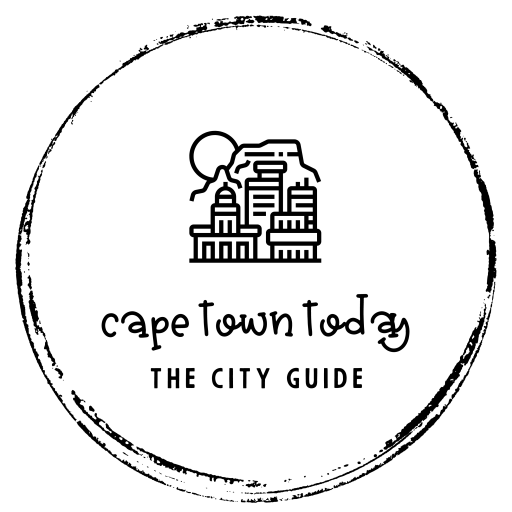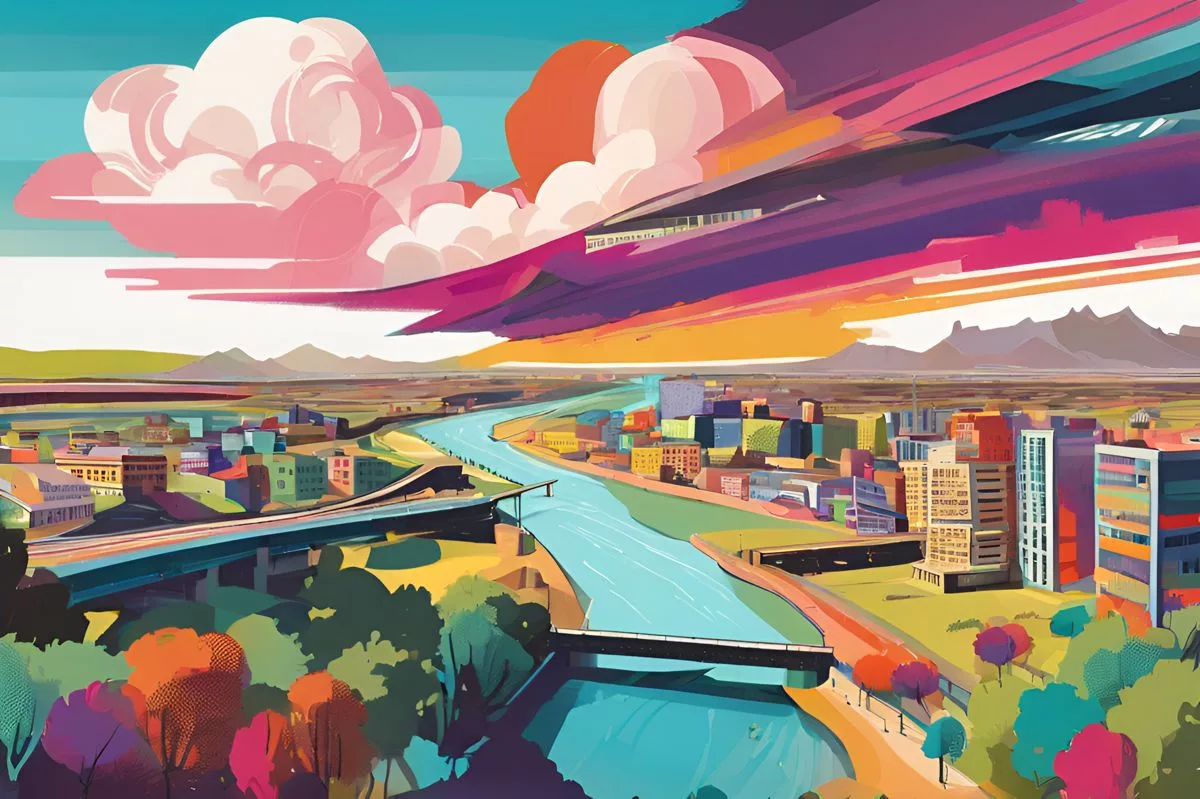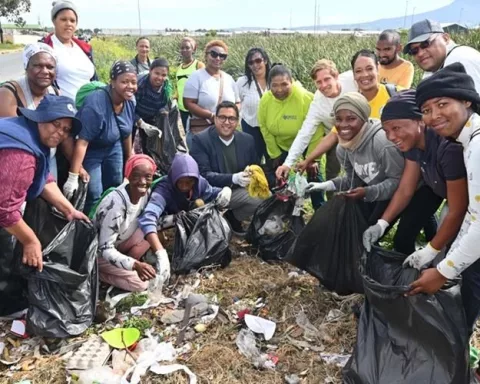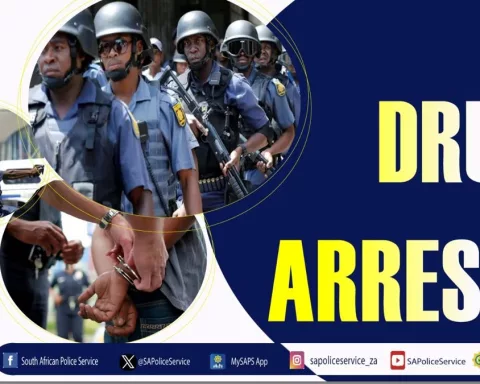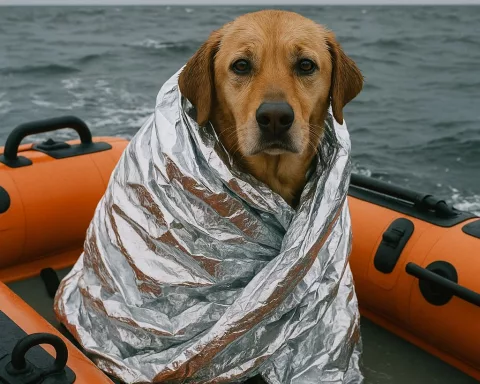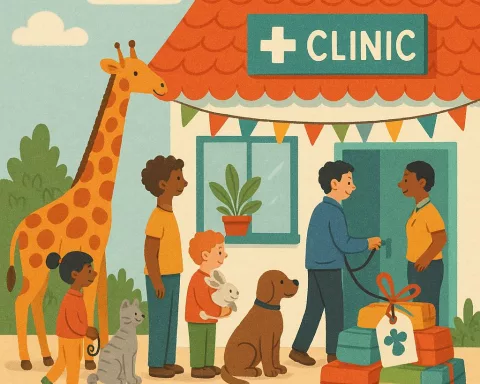The Elsieskraal River Green Belt in Cape Town is a beautiful green space that connects neighborhoods and supports local wildlife. It serves as a peaceful escape for residents and plays a key role in keeping the city’s environment healthy. Recently, community volunteers gathered to clean up the area, removing a large amount of waste and showing how teamwork can make a big difference. This initiative highlights the importance of caring for nature, reminding us that even small actions can help preserve our planet for future generations.
What is the significance of the Elsieskraal River Green Belt in Cape Town?
The Elsieskraal River Green Belt in Cape Town is a vital urban oasis that connects neighborhoods, supports local wildlife, and promotes community well-being. It enhances ecological health, exemplifies community-driven environmental initiatives, and demonstrates the importance of preserving natural spaces within urban settings for sustainable living.
The Elsieskraal River Green Belt: A Vital Urban Oasis
Cape Town, known for its vibrant city life set against stunning natural backdrops, offers a unique blend of historical charm and modern living. Amidst this dynamic environment, the Elsieskraal River Green Belt emerges as a crucial ecological haven. This green space weaves through the bustling urban fabric, linking areas like Bellville and Parow while providing a vital corridor for both wildlife and residents seeking tranquility. Its recent transformation through a community-driven initiative highlights the potential for urban spaces to harmonize with nature.
Elsieskraal River plays a significant part in the Salt River Catchment area, creating a green artery that runs through the city. It connects Jack Muller Park to Elizabeth Park, serving as a lifeline for Cape Town’s ecological health. The recent community-led clean-up gathered an impressive volume of waste—80 bags of solid debris and 20 buckets of organic refuse. This effort was more than an attempt to beautify the surroundings; it addressed critical environmental issues threatening local ecosystems and impacting community health.
The collaboration that spearheaded this clean-up involved a remarkable mix of organizations. Cape Town’s Water and Sanitation Directorate teamed up with ASEZ WAO, a youth volunteer group from the World Mission Society Church of God. Together, with support from the Greater Tygerberg Partnership, these groups underscored the significance of community involvement in environmental conservation. Their efforts demonstrate a commitment to protecting and restoring the natural beauty that seamlessly integrates into the urban landscape.
Community Action: A Model of Environmental Stewardship
The Greater Tygerberg Partnership’s active participation in the Elsieskraal River initiative underscores a broader dedication to preserving the environment. CEO Warren Hewitt affirmed these efforts as part of Mayor Geordin Hill-Lewis’s #SpringCleanCT campaign, which seeks to instill a sense of environmental accountability among residents. By motivating locals to partake in clean-ups or to collaborate with existing groups, the campaign aims to tackle pollution at its source, fostering community awareness and engagement.
Councillor Zahid Badroodien, responsible for Water and Sanitation, praised the enthusiastic involvement of the ASEZ Youth Group and the Greater Tygerberg Partnership. Mobilizing 100 volunteers for the clean-up, these groups demonstrated the strength of collective action towards a cleaner, more sustainable environment. The ongoing commitment from the city’s Directorate, which focuses on managing the Elsieskraal River through regular maintenance activities like vegetation trimming and silt removal, assures the river’s long-term health.
Urban areas face increasing challenges in maintaining water quality due to relentless urbanization. As cities grow, natural landscapes are often replaced by concrete, disrupting waterways and fragmenting ecosystems. This transformation, characterized by changing land uses and rising waste levels, frequently results in polluted rivers and lakes, rendering them unfit for recreational purposes. The contamination extends to groundwater supplies, often exacerbated by illegal dumping and improper sewage management, affecting established residential neighborhoods.
Preserving Urban Waterways: A Continuous Responsibility
The Elsieskraal River stands as a testament to the intersection of natural and urban designs, boasting a mix of natural and constructed stormwater systems. Its infrastructure, featuring both open and covered canals with unlined sections through urban parks, plays a pivotal role in stormwater management. However, these systems demand vigilant maintenance and protection to prevent pollution and ensure their effectiveness.
The involvement of ASEZ WAO and the Greater Tygerberg Partnership in the clean-up reflects a growing awareness of the importance of preserving natural environments within urban settings. This movement resonates with historical efforts that celebrated the harmony between humanity and nature. The Romantics, for instance, championed the preservation of nature against industrial encroachment, revering its sublime beauty as a source of inspiration and tranquility.
Community initiatives like the Elsieskraal River clean-up embody these values, reminding us of our shared duty to protect the environments that sustain us. By participating in such activities, volunteers not only contribute to the physical restoration of these spaces but also reconnect with nature. Their efforts help build a legacy of preservation that will continue to benefit future generations, reinforcing the idea that even small local actions can have a lasting global impact.
A Path to Sustainable Urban Living
The waterways of Cape Town, including the Elsieskraal River, are more than geographic features; they are living parts of the urban ecosystem, reflecting the health and vitality of the community. Protecting these waterways requires ongoing collaboration among local authorities, organizations, and residents. The success of the clean-up illustrates the power of diverse groups uniting for a shared purpose, setting a benchmark for future conservation efforts.
As cities continue to grow and evolve, preserving natural spaces becomes ever more critical. Initiatives like the #SpringCleanCT campaign offer hope and direction for achieving sustainable urban development. Engaging with nature not only improves physical landscapes but also enriches the human spirit, providing moments of peace amidst the urban bustle. The Elsieskraal River stands as a symbol of community action and the enduring beauty of nature in the heart of urban Cape Town, reminding us of the crucial balance between development and conservation.
“`markdown
What is the Elsieskraal River Green Belt and why is it important?
The Elsieskraal River Green Belt is a vital urban oasis in Cape Town that connects neighborhoods, supports local wildlife, and enhances community well-being. It serves as a crucial ecological corridor, promoting environmental health and demonstrating the importance of preserving natural spaces within urban environments for sustainable living.
How did the recent clean-up initiative impact the Elsieskraal River Green Belt?
The recent clean-up, involving community volunteers, resulted in the removal of 80 bags of solid waste and 20 buckets of organic refuse. This effort not only beautified the area but also addressed pressing environmental issues, highlighting the role of community action in restoring and protecting local ecosystems.
Who participated in the clean-up initiative?
The clean-up involved a collaborative effort by several organizations, including Cape Town’s Water and Sanitation Directorate, ASEZ WAO (a youth volunteer group from the World Mission Society Church of God), and the Greater Tygerberg Partnership. This diverse participation underscores the significance of community involvement in environmental conservation efforts.
What is the #SpringCleanCT campaign?
The #SpringCleanCT campaign, led by Mayor Geordin Hill-Lewis, aims to foster environmental accountability among residents of Cape Town. By motivating locals to engage in clean-ups and collaborate with existing organizations, the campaign seeks to tackle pollution at its source and promote a cleaner, greener urban environment.
How does urbanization affect waterways like the Elsieskraal River?
Urbanization poses significant challenges to maintaining water quality, leading to polluted rivers and lakes. The transformation of natural landscapes into concrete structures disrupts ecosystems, resulting in increased waste levels and contamination of groundwater supplies, which affects both the environment and local communities.
Why is it essential to preserve urban waterways like the Elsieskraal River?
Preserving urban waterways is crucial for maintaining the health and vitality of urban ecosystems. These waterways reflect the overall well-being of the community and require ongoing collaboration among local authorities, organizations, and residents to ensure their protection. Initiatives like the Elsieskraal River clean-up demonstrate the potential for collective action to achieve sustainable urban living.
“`
